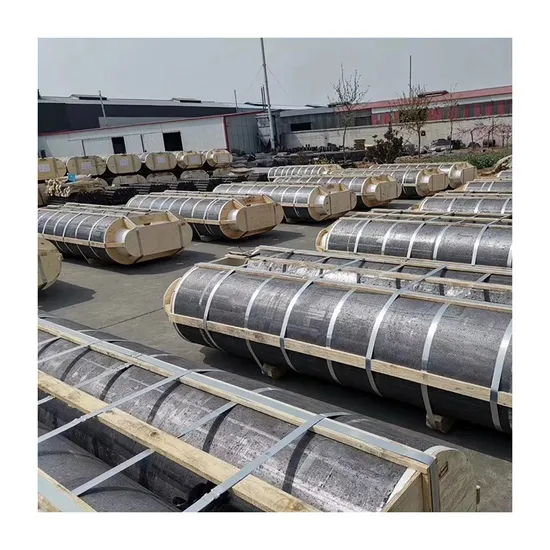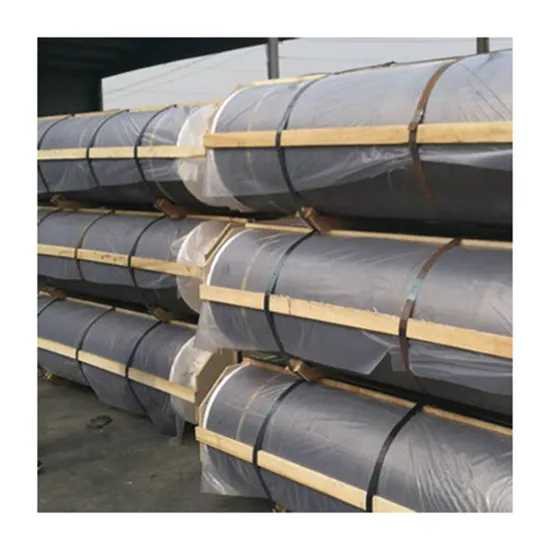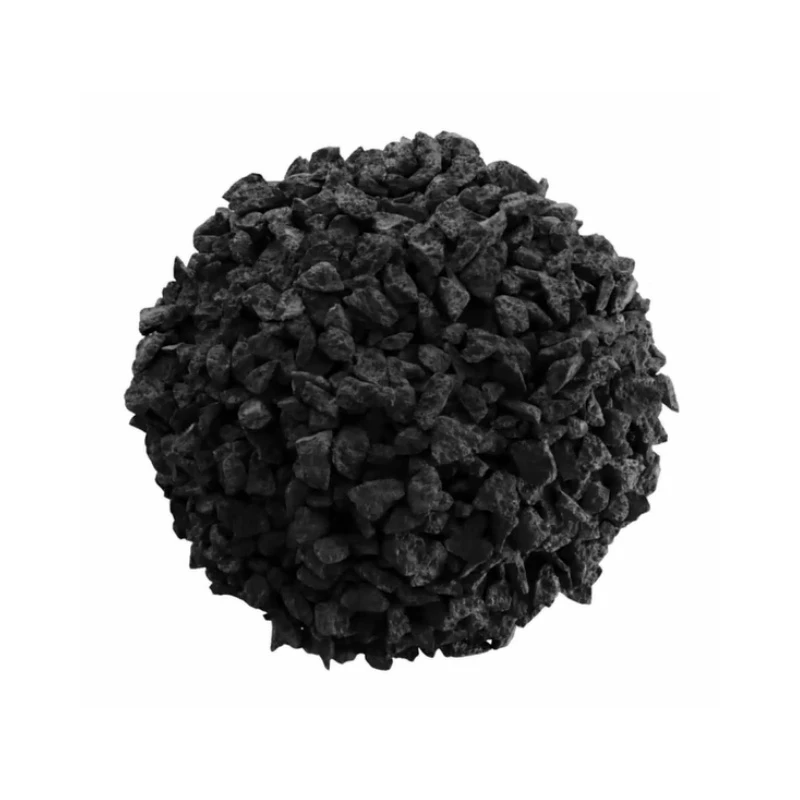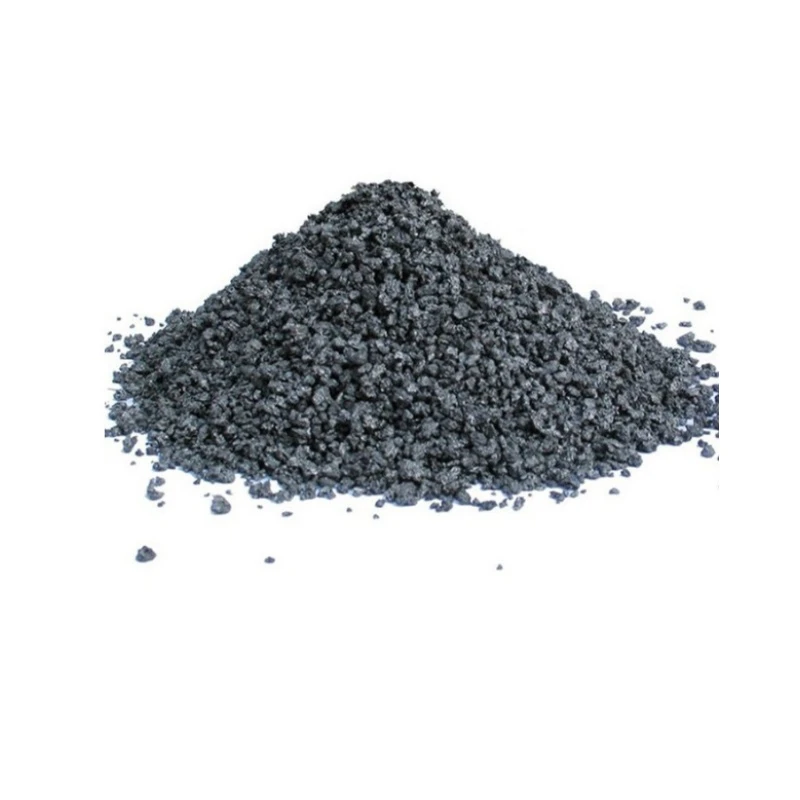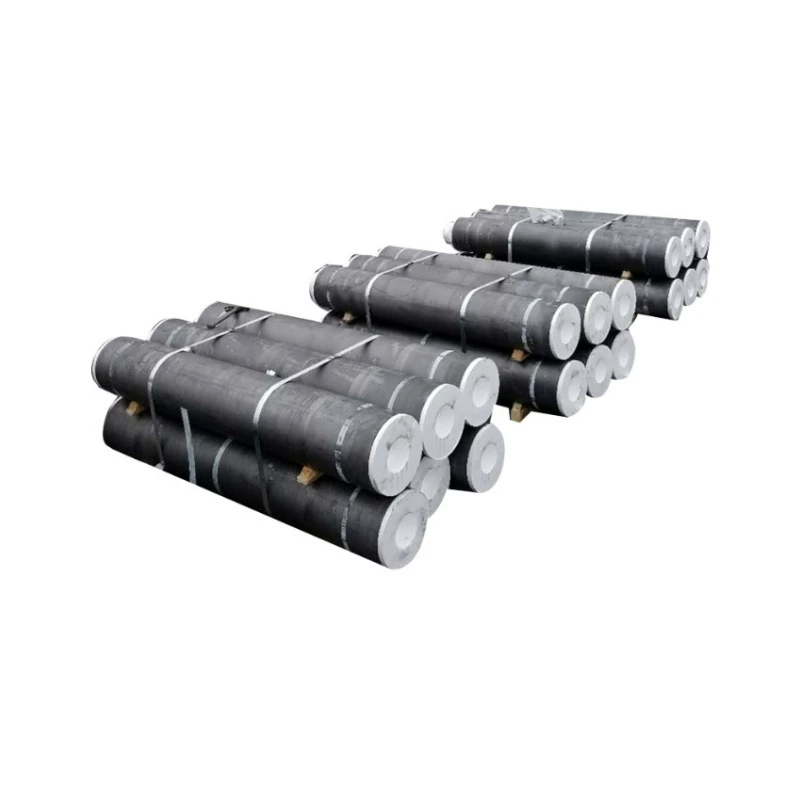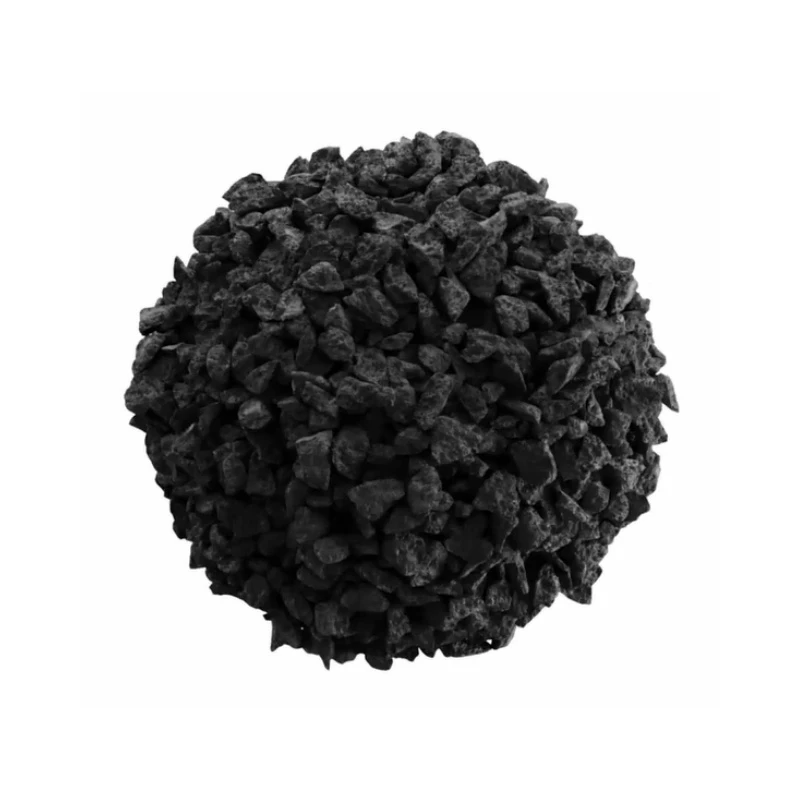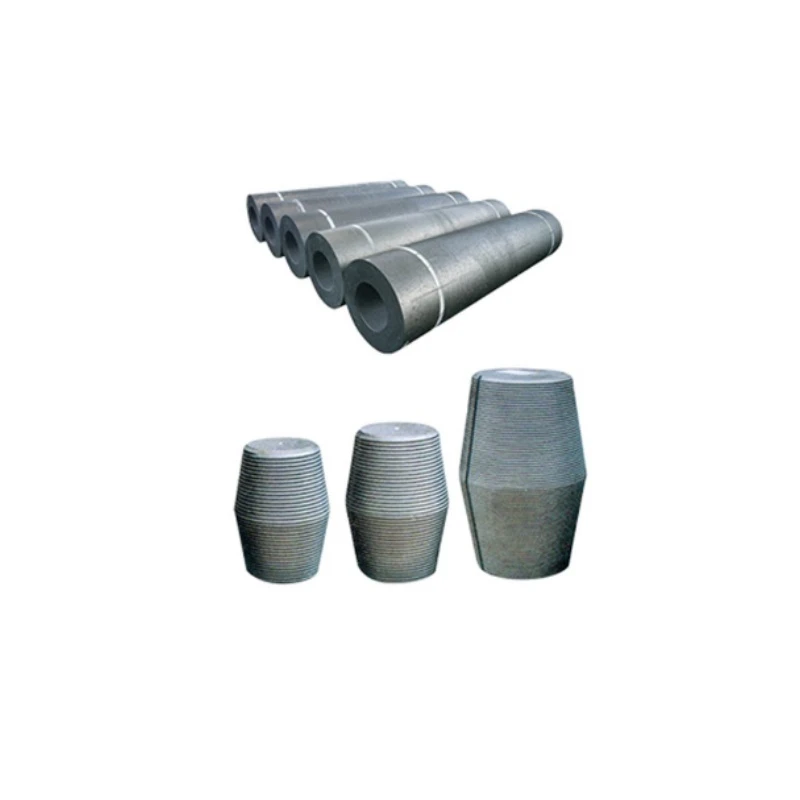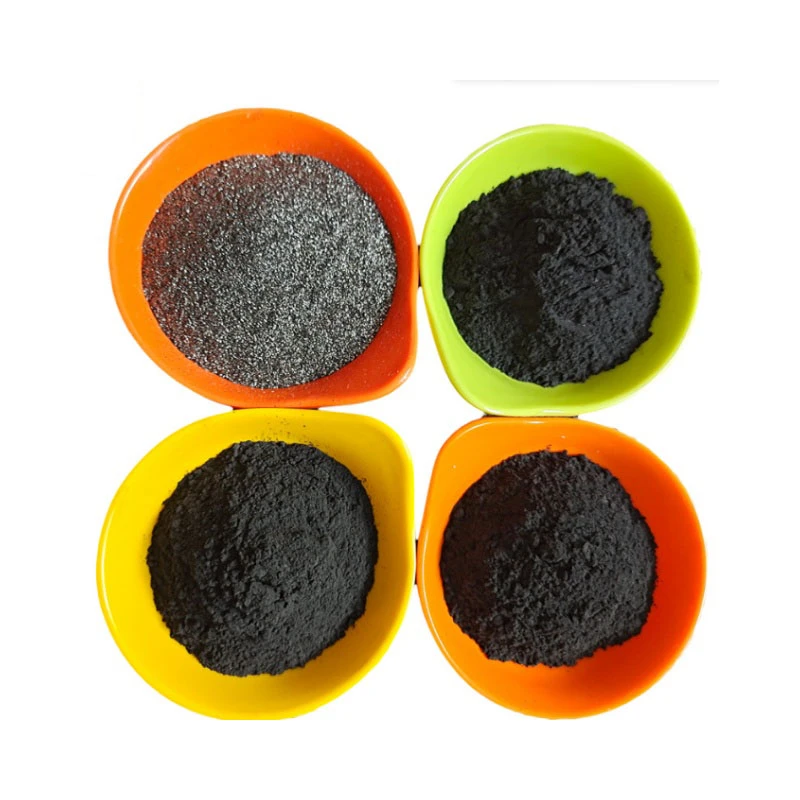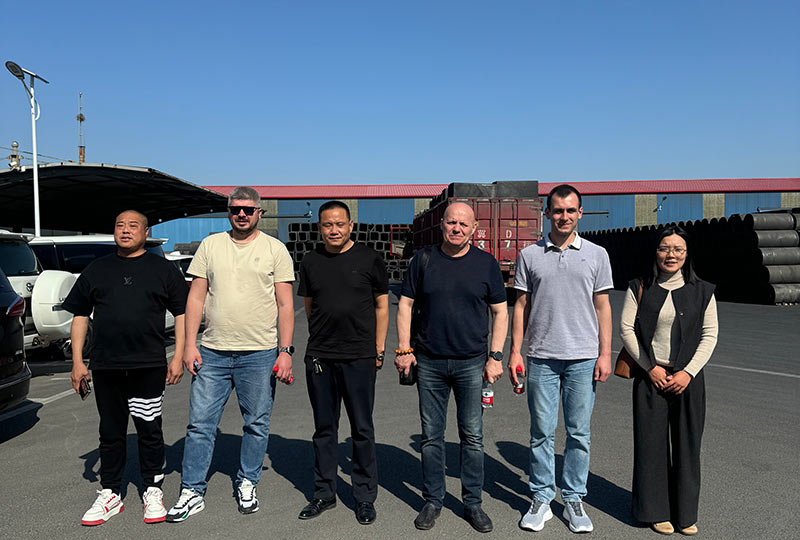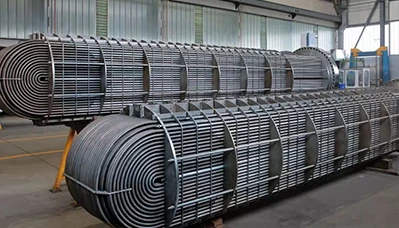- Englist



- Introduction to Petroleum Coke Applications
- Technical Advantages Over Traditional Fuels
- Comparative Analysis of Key Suppliers
- Industry-Specific Customization Strategies
- Case Study: Cement Plant Implementation
- Environmental Compliance Considerations
- Future Trends in Industrial Utilization

(petroleum coke usage)
Understanding Petroleum Coke Applications in Modern Industry
Petroleum coke (petcoke) serves as a critical carbon source for multiple industries, with global consumption reaching 150 million metric tons annually. The cement sector accounts for 43% of total usage, while aluminum production utilizes 28%, according to 2023 IEA reports. Calcined petroleum coke usage
has grown 7.2% YoY since 2020, driven by steelmakers' shift toward cost-effective carbon additives.
Technical Superiority in Energy Production
Petcoke delivers 6,000-7,500 kcal/kg calorific value, outperforming coal (5,000-6,200 kcal/kg) while reducing fuel costs by 18-35%. Advanced calcination techniques achieve 99.2% carbon purity, making it indispensable for graphite electrode manufacturing. Key technical parameters:
| Parameter | Petcoke | Anthracite | Bituminous |
|---|---|---|---|
| Sulfur Content | 2.5-5% | 0.5-1.5% | 1-3.5% |
| Fixed Carbon | 85-92% | 75-85% | 45-65% |
| Moisture | 0.1-2% | 3-8% | 10-15% |
Supplier Landscape and Performance Metrics
Top petcoke producers demonstrate distinct operational advantages:
| Producer | Capacity (MT/yr) | Sulfur Variance | Market Focus |
|---|---|---|---|
| ExxonMobil | 12.5M | ±0.3% | European Cement |
| Reliance | 9.8M | ±0.7% | Asian Steel |
| Valero | 11.2M | ±0.5% | NA Power |
| Indian Oil | 6.4M | ±1.1% | Local Markets |
Customized Solutions for Sector-Specific Needs
Tailored petcoke blends address unique industrial requirements:
- Cement Kilns: Optimized 65-75μm particle size reduces clinker thermal load
- Anode Production: 99.95% purity CPC with 0.01% trace metals
- Power Plants: Low-sulfur blends (≤3.5%) meet EPA emissions standards
Operational Efficiency in Cement Manufacturing
GreenCement Inc. achieved 22% fuel cost reduction through petcoke substitution:
| Metric | Pre-Implementation | Post-Implementation |
|---|---|---|
| Energy Cost/Ton | $18.70 | $14.55 |
| CO₂ Intensity | 842 kg/t | 798 kg/t |
| Maintenance Cycle | 45 Days | 68 Days |
Emission Control and Regulatory Compliance
Modern scrubber systems capture 98.7% of SOx emissions from petcoke combustion. The 2024 Global Cement Sustainability Initiative mandates ≤1.8% sulfur content for kiln operations, driving adoption of advanced calcining technologies.
Innovative Applications Driving Future Usage
Emerging applications in lithium-ion battery anodes (12% CAGR) and carbon capture systems position petroleum coke usage for sustained growth. Pilot projects demonstrate 40% cost efficiency gains in synthetic graphite production compared to conventional methods.
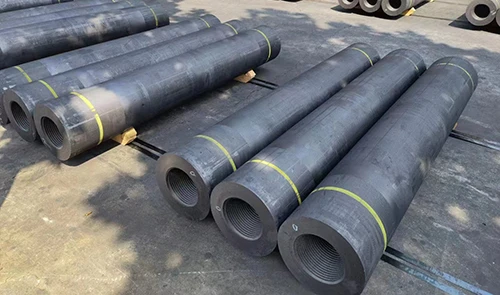
(petroleum coke usage)
FAQS on petroleum coke usage
Q: What are the primary applications of petroleum coke in the cement industry?
A: Petroleum coke (petcoke) is used as a cost-effective fuel in cement kilns due to its high calorific value. It helps reduce reliance on traditional fuels like coal. However, its sulfur content requires emission control measures.
Q: How does calcined petroleum coke differ in usage from regular petroleum coke?
A: Calcined petroleum coke (CPC) is primarily used in aluminum production as an anode material. Unlike raw petcoke, CPC undergoes high-temperature treatment to remove impurities, making it suitable for conductive applications.
Q: Why is petcoke usage controversial in some industries?
A: Petcoke combustion emits higher sulfur dioxide and particulate matter compared to coal. This raises environmental and health concerns, leading to stricter regulations in regions like India and the U.S.
Q: Can petcoke usage in the cement industry reduce carbon footprint?
A: While petcoke has a higher carbon content, its use can lower CO₂ emissions per ton of cement produced compared to coal. However, this depends on efficient kiln operations and emission-scrubbing technologies.
Q: What industries rely heavily on calcined petroleum coke?
A: The steel and aluminum industries are major consumers of calcined petroleum coke. It serves as a carbon additive in steelmaking and a key component in aluminum smelting anodes due to its conductivity and purity.





 Pervious
Pervious
 Next
Next
